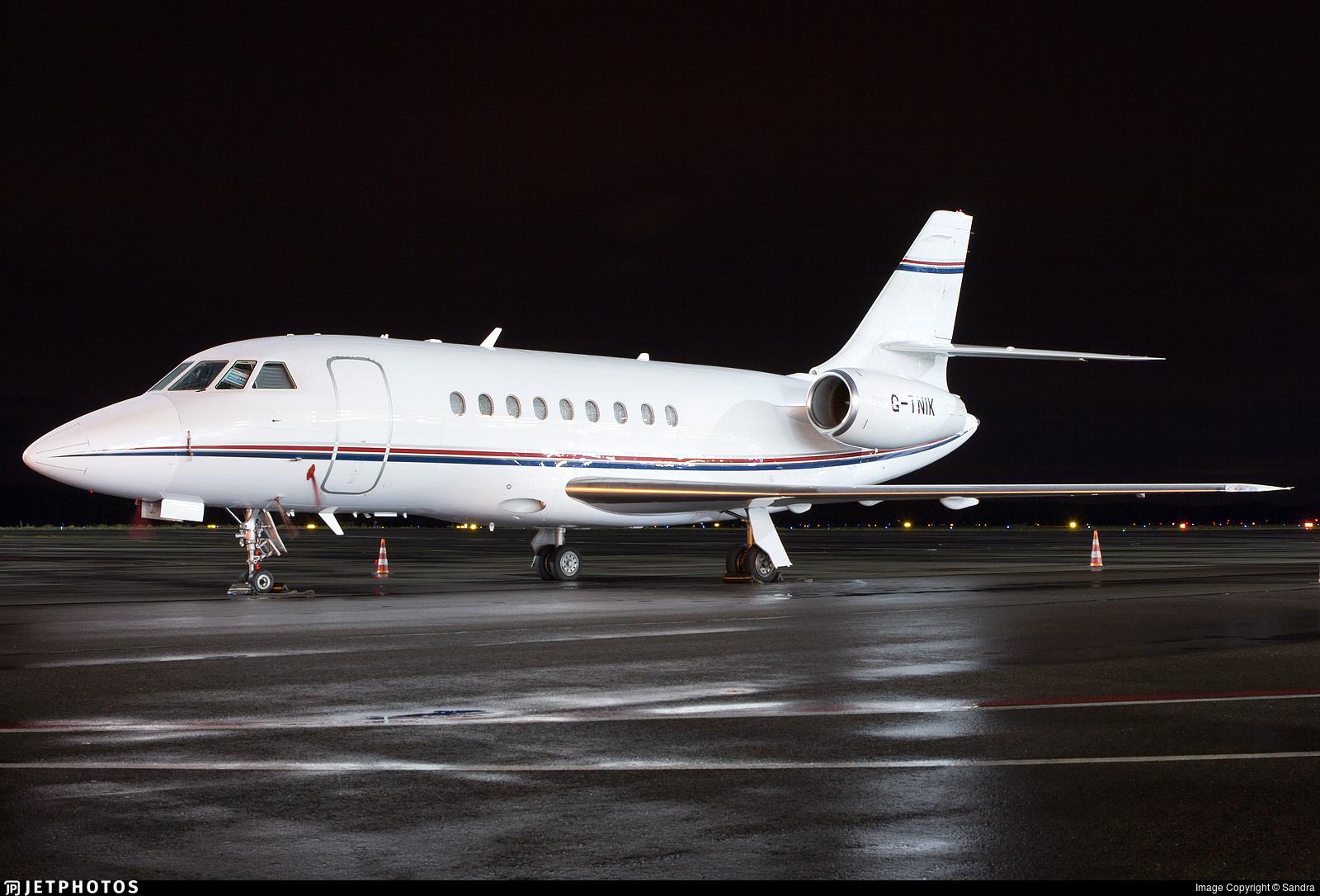
Private Jet PrivateJetia 055
Flying through extreme weather conditions can be one of the most daunting aspects of air travel. For commercial and private jets alike, navigating through thunderstorms, turbulence, heavy winds, and icing conditions requires a combination of sophisticated technology, experienced pilots, and careful planning. While modern aviation has made great strides in ensuring the safety and efficiency of flights, extreme weather conditions remain a challenge that requires precise coordination between aircraft systems, flight crews, and air traffic control.
In this article, we will explore how jets navigate extreme weather conditions, the technology that ensures passenger safety, and the procedures pilots follow to handle challenging atmospheric conditions. From the science behind turbulence to the methods pilots use to avoid severe storms, we will cover the essential aspects of how jets handle these natural obstacles.
1. The Challenge of Extreme Weather for Jets
Weather is one of the primary factors affecting flight operations. While pilots are trained to handle a wide range of weather conditions, extreme weather poses unique challenges that require careful consideration. Some of the key weather phenomena that affect jets include:
- Turbulence: Sudden changes in airflow can cause the aircraft to shake, making the flight uncomfortable or even dangerous.
- Thunderstorms: Severe thunderstorms present multiple hazards such as lightning, hail, and strong winds.
- Icing: Ice accumulation on the aircraft can affect its aerodynamics and performance.
- High Winds: Strong winds, particularly crosswinds, can make takeoffs and landings more challenging.
- Fog and Low Visibility: Reduced visibility can make it difficult for pilots to navigate, particularly during takeoff or landing.
Though these conditions can be concerning, jet aircraft are equipped with advanced technologies and procedures to mitigate their effects and ensure safe travel.
2. Advanced Jet Technology for Weather Navigation
Modern jets are equipped with a variety of systems that help them navigate extreme weather conditions. These systems are designed to enhance safety, improve pilot situational awareness, and ensure the aircraft remains stable and efficient under challenging circumstances.
a. Weather Radar Systems
One of the most important tools for jet pilots is the weather radar system. This system allows pilots to see weather patterns in real-time, including thunderstorms, precipitation, and turbulence. The radar uses radio waves to detect moisture in the atmosphere, which helps pilots identify areas of heavy rain, hail, or thunderstorms.
Weather radar systems come with several key features:
- Tilt capability: Pilots can adjust the radar to look at different altitudes, allowing them to detect storms both ahead of and above the aircraft.
- Storm tracking: The radar can also show the movement of weather systems, allowing pilots to track the path of storms and avoid them.
- Turbulence detection: Some advanced radar systems are capable of detecting turbulence and gusts of wind, helping pilots prepare for sudden changes in air movement.
By providing real-time information about weather conditions along the aircraft’s flight path, weather radar systems allow pilots to make informed decisions about adjusting altitude or changing course to avoid adverse weather.
b. Aircraft Icing Protection Systems
Icing is one of the most dangerous weather conditions a jet can encounter. Ice buildup on the wings, tail, or engines can significantly affect the aircraft’s performance, including its ability to generate lift and maintain stable flight. Fortunately, modern jets are equipped with anti-icing and de-icing systems to prevent and remove ice buildup.
- Wing and tail de-icing systems: These systems use heated air or electric elements to prevent ice from forming on the wings and tail surfaces, where it can cause the aircraft to lose lift.
- Engine anti-icing systems: These systems keep the engine intakes clear of ice, ensuring that the engines remain efficient and functional in freezing conditions.
- Pitot tube heating: The pitot tubes, which measure airspeed, are heated to prevent them from freezing and providing inaccurate data.
These systems are crucial when flying through areas with freezing rain or high-altitude ice clouds, ensuring that the aircraft’s performance is not compromised.
c. Autopilot and Flight Management Systems (FMS)
Modern jets are equipped with advanced autopilot systems and flight management systems (FMS) that help pilots maintain stability and navigate through challenging weather. These systems use inputs from various aircraft sensors and weather radar to adjust the plane’s flight path, speed, and altitude automatically.
Autopilot: While autopilot is not fully independent, it assists the pilot by maintaining the aircraft’s trajectory. In turbulent conditions, the autopilot can make small adjustments to the aircraft’s pitch, roll, and yaw to help maintain smooth flight, reducing the impact of turbulence.
Flight Management Systems (FMS): FMS systems combine data from the aircraft’s navigation system, weather radar, and air traffic control to create an optimal flight path. These systems can adjust flight routes in real-time based on weather conditions, such as avoiding thunderstorms or turbulence.
These technologies reduce the pilot’s workload and allow them to focus on decision-making and monitoring the aircraft’s systems, especially in adverse weather conditions.
3. Pilot Training for Extreme Weather Conditions
While technology plays a crucial role in navigating extreme weather, pilots must also undergo extensive training to handle the challenges posed by various weather phenomena. Pilots are trained to recognize the signs of severe weather, understand how it affects aircraft performance, and know how to respond in real-time.
a. Turbulence Training
Turbulence is one of the most common weather-related challenges pilots face. Pilots are trained to recognize the signs of turbulence and adjust their flight path or altitude accordingly. In some cases, pilots may choose to fly above or below turbulent air to ensure a smoother ride for passengers.
In severe turbulence situations, pilots are trained to focus on maintaining aircraft control, rather than worrying about comfort. Jets are designed to withstand significant turbulence, but pilots must understand how to handle the aircraft’s pitch, roll, and yaw during these disturbances.
b. Thunderstorm Avoidance
Thunderstorms present multiple hazards, including lightning, hail, and strong winds. Pilots are trained to recognize thunderstorms on radar and avoid flying through them when possible. If avoidance is not possible, pilots are trained on how to handle aircraft systems, speed, and altitude during a thunderstorm.
When flying close to thunderstorms, pilots must also be aware of phenomena like wind shear (a sudden change in wind speed or direction) and downdrafts, which can cause rapid altitude loss. Pilots are trained to respond quickly to these conditions by adjusting the aircraft’s speed and flight path.
c. Icing Conditions
Pilots receive training on how to recognize the symptoms of icing and the appropriate course of action to mitigate its effects. If pilots encounter icing conditions, they will activate the aircraft’s de-icing systems and adjust their altitude to find air that is above or below freezing levels.
In some cases, pilots may need to divert to an alternate airport if they are unable to safely fly through icing conditions. During training, pilots learn to monitor the aircraft’s performance and recognize early signs of engine icing or wing icing.
d. Decision-Making During Low-Visibility Conditions
Low visibility, often caused by fog, heavy rain, or snow, can make navigation difficult, especially during takeoffs and landings. Pilots are trained to use instrument flight rules (IFR) to navigate in low-visibility conditions. They also rely on instrument landing systems (ILS) and radar to guide their approach.
In some cases, pilots may need to make a decision to divert to another airport if weather conditions prevent a safe landing. This decision-making process is a key part of pilot training, ensuring that safety is always the top priority.
4. How Air Traffic Control Supports Jets in Extreme Weather
Air traffic control (ATC) plays a crucial role in ensuring safe air travel, particularly when navigating extreme weather conditions. ATC provides pilots with up-to-date weather information, helps them avoid dangerous weather patterns, and assists with flight routing during adverse conditions.
a. Weather Updates
ATC works closely with meteorological services to provide pilots with the latest weather updates, including the location of thunderstorms, turbulence, and icing conditions. These updates allow pilots to make adjustments to their flight path in real-time.
b. Flight Path Adjustments
When extreme weather is detected along a flight route, ATC may advise pilots to change their flight path, either by adjusting altitude or re-routing to avoid hazardous weather. This coordination between the pilot and ATC helps ensure that the aircraft remains safe and on course.
c. Emergency Support
In cases where a jet is unable to avoid extreme weather, ATC provides emergency support by guiding the aircraft to the nearest airport and coordinating with emergency services if needed. ATC also helps manage aircraft separation to ensure that other planes in the area are not affected by the same weather conditions.
5. Conclusion
Navigating extreme weather conditions is one of the most complex challenges faced by jet pilots, but with advanced technology, rigorous training, and effective coordination with air traffic control, modern jets are more than capable of handling even the most severe weather conditions. From weather radar systems to de-icing technologies and pilot expertise, every aspect of jet design and operation is geared toward ensuring that passengers can travel safely, even in challenging weather.
Through careful preparation, state-of-the-art technology, and continuous training, jets are able to navigate the world’s most extreme weather conditions with ease. While weather will always be a factor in air travel, modern aviation ensures that safety, comfort, and efficiency remain the top priorities, no matter the conditions.






